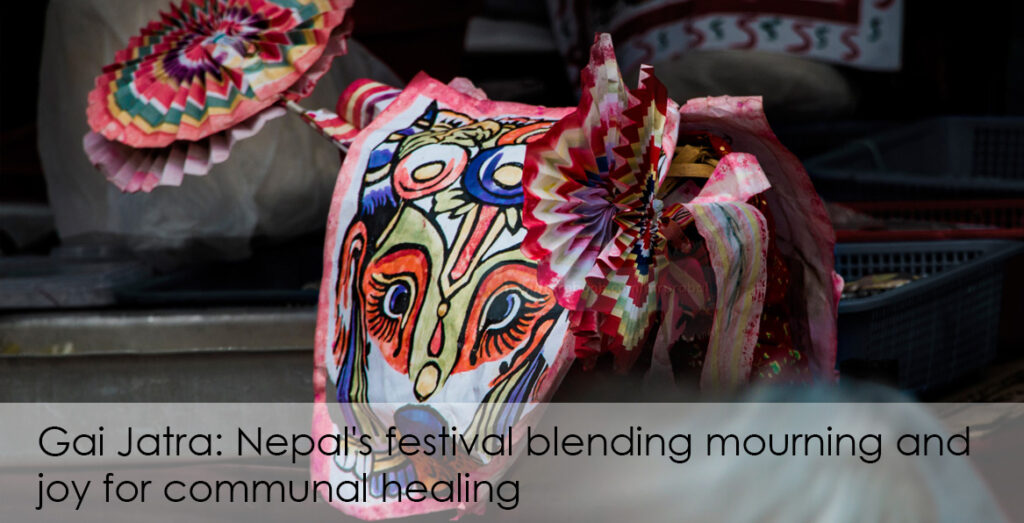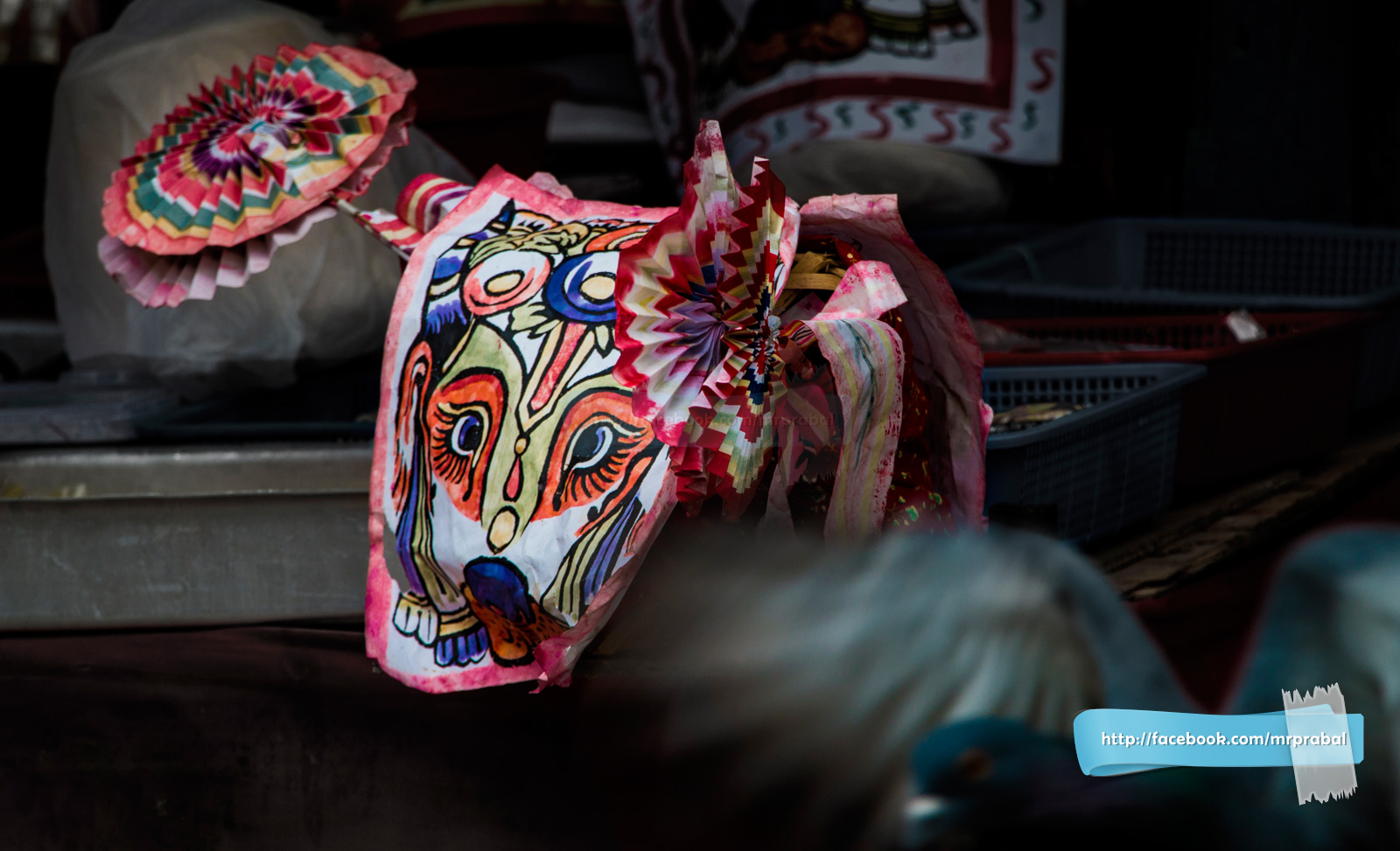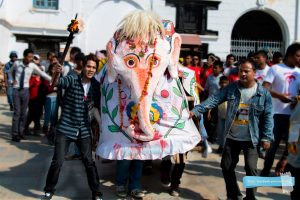
The celebrations in Nepal have gradually become mandatory events, with some even becoming a financial and time burden due to the loss of their original meanings over time. However, the Gai Jatra, or the Cow Festival (Sa Paro in Newari), stands out as a celebration that has retained its significance and is more relevant now than ever. Gai Jatra is an interesting social event that helps families cope with the grief of losing loved ones. In a country that has seen significant loss over the past decade, this celebration plays a crucial role in fostering community healing and resilience.
History of Gai Jatra
Historically, Gai Jatra has its roots in the 17th century, during the reign of King Pratap Malla, who ruled Kathmandu from 1641 to 1674 AD. The celebration was initiated by the king to comfort his grieving wife after the untimely death of their son. To ease her distress, King Pratap Malla organized a grand parade to demonstrate that she was not alone in her suffering and that many families in the city had also lost loved ones that year.
The ruler tried to console the grieving queen by organizing a parade, but when that failed, he offered a reward to anyone who could make her smile. He declared free speech during the celebration, allowing people to perform humorous acts and wear funny costumes. The queen’s laughter at the various performances inspired others in the city to create similar comedic displays outside their homes.
King Pratap Malla took this further by constructing the Rani Pokhari (Queen’s Lake), filling it with water from all the sacred sites the queen wished to visit, so she could bathe in the sacred waters without having to travel. This act demonstrates the ruler’s devotion and creativity.
Gai Jatra Celebration Day
The Gai Jatra festival is usually scheduled during August-September. During this celebration, families who have lost loved ones in the past year will lead a cow or young boys dressed as cows through the streets of Kathmandu. The cow holds great cultural significance in Nepalese tradition and is believed to guide the souls of the deceased safely to the gates of heaven by grasping its tail. This practice is a deeply meaningful gesture of hope and comfort for grieving families.
Additionally, the parade serves as an informal census, allowing people to gauge the scale of loss experienced in the community by counting the cows or costumed boys. Beyond this, the festival functions as a therapeutic ritual, helping to heal the emotional pain caused by any form of death. The combination of the parade and open discourse, where no one is immune from parody or jest, enables the expression of grief and humor, initiating the healing process for many.
The streets of Kathmandu come alive with various performances, including comic books, cartoons, mimes, street shows, poetry readings, talks, and cross-dressing. Raised stages, or dabalis, serve as platforms for these performances, creating a lively atmosphere filled with music, laughter, and feasting.
It is a time when social norms are relaxed, allowing people to speak openly, make fun of authority figures, and express feelings that might otherwise be suppressed. Despite some concerns in recent years that the performances have become vulgar or in poor taste, the celebration continues to offer a valuable opportunity for people to vent their emotions and find solace in communal expression.
Gai Jatra Parade
Traditionally, the Gai Jatra parade passed by the ancient Malla period royal residences in the Kathmandu Valley, connecting the event with the past and reminding participants of their shared history and legacy. The parade would also function as a powerful reminder to ensure that peace is never again taken for granted and that the insights gained from the previous decade are not disregarded.
Similarly, Gai Jatra is a celebration that not only commemorates those who have passed away but also recognizes the resilience of the survivors. It serves as a powerful reminder of the shared human experience of grief and the importance of community in the healing process.
The Gai Jatra festival allows Nepalis to openly express their emotions, whether it’s sadness, laughter, or any other feeling. It plays a crucial role in helping them work through their grief and move towards a future filled with hope and healing.
See more festival photos at Prabal Ratna Tuladhar [festival]: Photographing the ancient and refined traditional festival and culture of Kathmandu (prbal.com.np)




